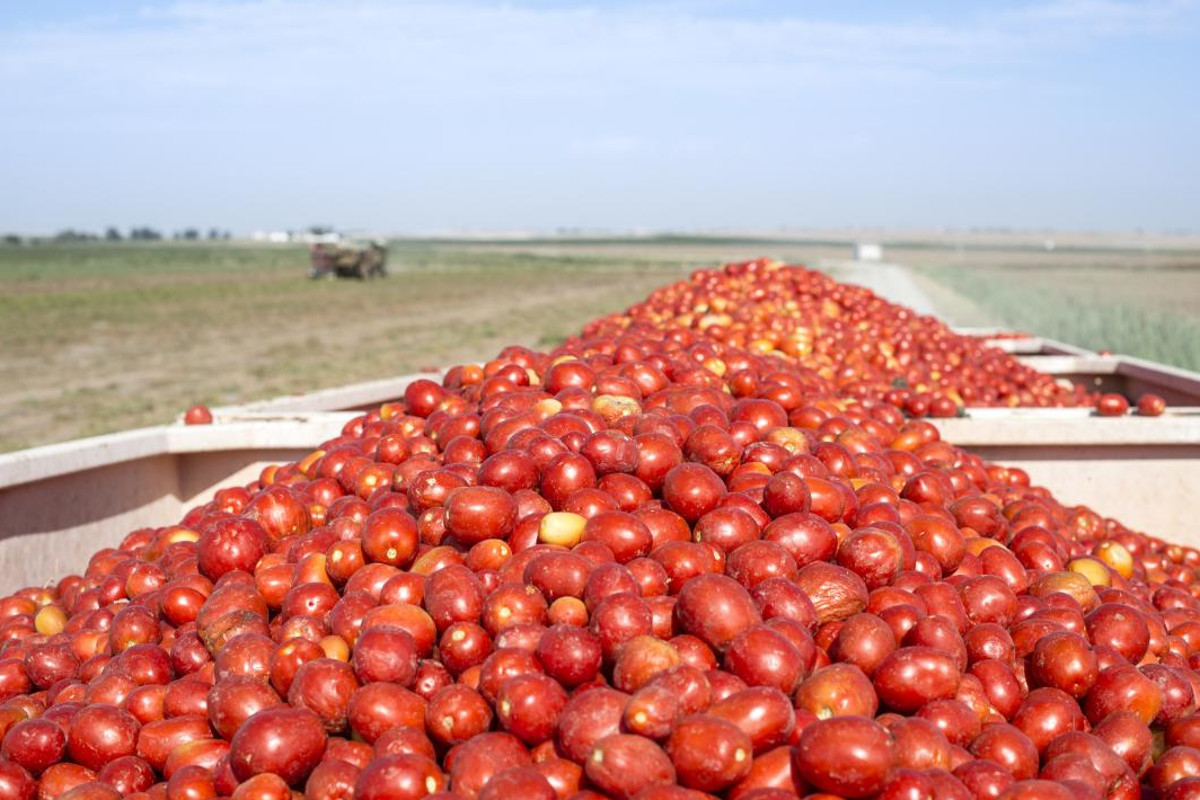Soaring temperatures mean the plants, like most crops worldwide, are being increasingly put under stress. The bulk of the global production of processing tomatoes is concentrated in a small number of regions, where global warming is projected to have a significant impact on the future production and supply to the tomato processing industry.
Discover the authentic Italian tomato products on the Italianfood.net platform
In a recent study published on Nature Food, coordinated by Professor Domenico Ronga at the University of Salerno and Professor Davide Cammarano at Arhus University, and conducted in collaboration with colleagues of Purdue University (Sajad Jamshidi), University of Texas (Dev Niyogi), University of Florida (Gerrit Hoogenboom), and NASA Goddard Institute for Space Studies (Alex C. Ruane), the authors predict vast changes in the tomato industry due to the climate change induced rise in temperature in the future.
Different projected climate scenarios were used in the study, but all pointed to a future where tomato production could change dramatically within the next 30-40 years. Overall, the research found that by 2050, compared with the baseline period of 1980-2009, there would be around a six percent decline in tomato production in the three countries, due to the projected increase in air temperature, with little difference between the five potential futures. But between 2050 and 2100, there is a stark difference depending on the climate model used. In the worst-case scenario, the tomato harvest could be halved. “The production of the three main tomato-producing countries (Italy, China, and the USA, which together account for 65 percent of global production) is halved by 2100 under the worst case scenario,” Dr. Cammarano said.
WARMER TEMPERATURES REDUCE YIELD
If the temperature increases as the study projections show, California and Italy might not be able to sustain current levels of processing tomato production due to too high temperature as well as water resource constraints.
Dr. Davide Cammarano, the lead author of the study from Aarhus University, explained: “The threat of climate change is significant, especially because the type of tomato we dealt with in this study (processing tomatoes that are field grown and mechanically harvested) requires irrigation. It is likely that more water will be needed to keep a profitable product in the future. This has important implications because water is something that is going to be less available for agriculture in some of the areas considered in this study.”
Warmer temperatures speed up how quickly plants grow, resulting in a shorter time for fruit development and therefore reducing yield. “All crops have an optimal temperature during which development is optimal,” the scientists write. “However, above this threshold temperature, there is an acceleration in the senescence processes that has a negative impact on yield.”
However, according to the study, the path of adaptation to higher temperatures is still viable. Dr. Cammarano added: “The study shows that even lower levels of warming are enough to alter the major suitability zones for tomato production. Adaptation to climate changes can increase production, and this study emphasizes the need to consider future climate shifts in designing resilient tomato production and value chains.”

